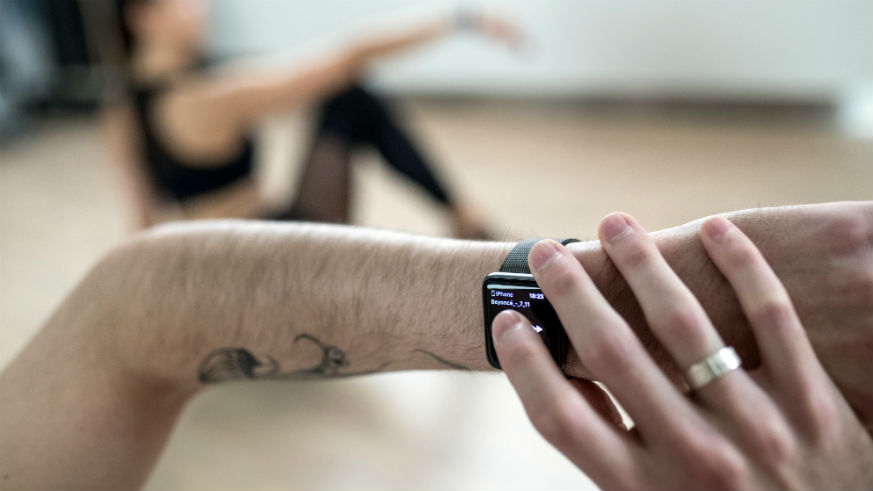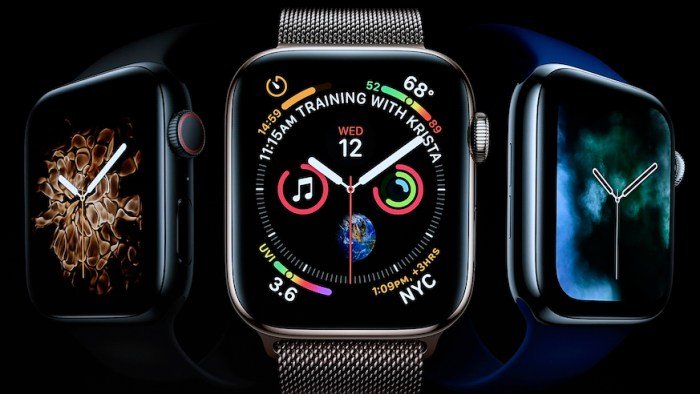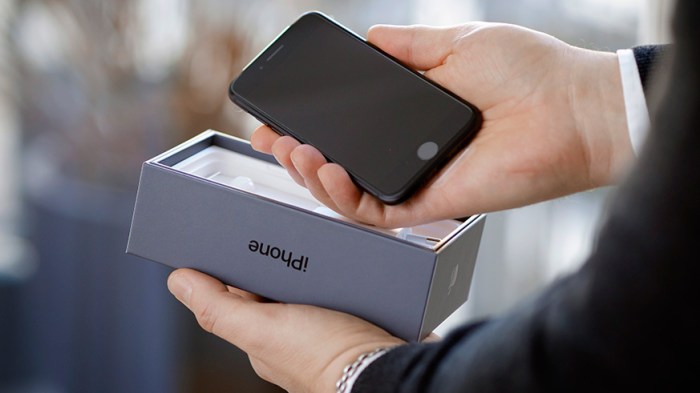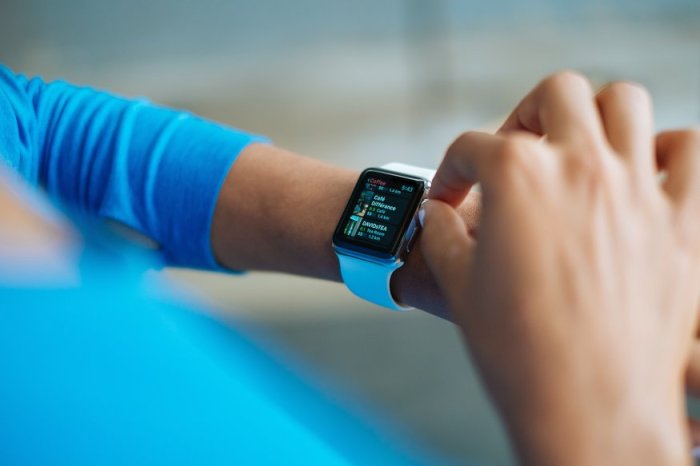Still not sure shelling out cash for the Apple Watch is worth it? One woman’s experience might change your mind.
Heather Hendershot put her kids to bed one Saturday and settled into watch some television with her husband. Soon after, her Apple Watch started beeping at her, indicating her heart rate was at 120 beats a minute — way faster than it should be for someone lounging around. “I thought I might be sick and my body was just fighting infection, but my husband is a worry wart,” she told the Topeka Capital-Journal.
The Scranton, Kansas, woman eventually gave in and went to an urgent care clinic the next afternoon when her Apple Watch clocked her heart rate at 160. That’s about her target heart rate — if she was actually doing a hard workout. Medical staff sent her to an emergency room, where an endocrinologist was “startled and surprised” to find out she had hyperthyroidism.
The symptoms of hyperthyroidism
The thyroid — a butterfly-shaped gland located in the front of the neck — makes the thyroid hormone which helps the body carry out a whole host of processes. It’s most commonly associated with our metabolism, which is the process that turns the food you eat into energy it needs.
Hyperthyroidism happens when the body produces too much of that hormone. All of it goes into the bloodstream, which is turn speeds up everything and can often make someone with it feel more energetic. It might seem like a positive thing — who wouldn’t want more energy? — but it’s not. According to the American Thyroid Association, symptoms of hyperthyroidism, or an overactive thyroid, include excessive sweating, hand tremors, anxiety, insomnia, thinning skin, brittle hair and muscle weakness. Women with hyperthyroidism sometimes experience lighter and more infrequent periods.
Left untreated, hyperthyroidism can lead to heart or bone problems. It can also cause a thyroid storm, a condition where a person’s heart rate, blood pressure and body temperature soars to dangerously high levels and, in some cases, can cause death. Some people, like Hendershot, show no symptoms of hyperthyroidism, but it’s not common. “I’ve been doing this 25 years and it’s the first time ever I’ve heard someone tell me they didn’t notice anything and were later diagnosed with severe hyperthyroidism,” Alan Wynne, an endocrinologist who treated the 25-year-old, told the newspaper. “My reaction was to smile at her and pause. I asked her twice at first and a third time later, ‘Wait a minute, you didn’t feel anything?’” he said.
She didn’t — the Apple Watch was the only indicator that something was amiss.

Apple’s Chief Operating Officer Jeff Williams speaks about the Apple Watch and heart rate monitoring during a media event. Photo: Getty Images
The Apple Watch uses photoplethysmography to monitor health. Basically, the watch used green LED lights along with light-sensitive photodiodes to see how much blood is flowing through the wrist. Blood with oxygen is red and absorbs green light, so the watch flashes the LED lights at an extremely rapid pace to calculate the number of heartbeats — anywhere from 30 to 210 beat per minute.
Hendershot is thankful it showed her something was off.
“If I hadn’t been wearing it, I wouldn’t have known anything was wrong,” she said.























